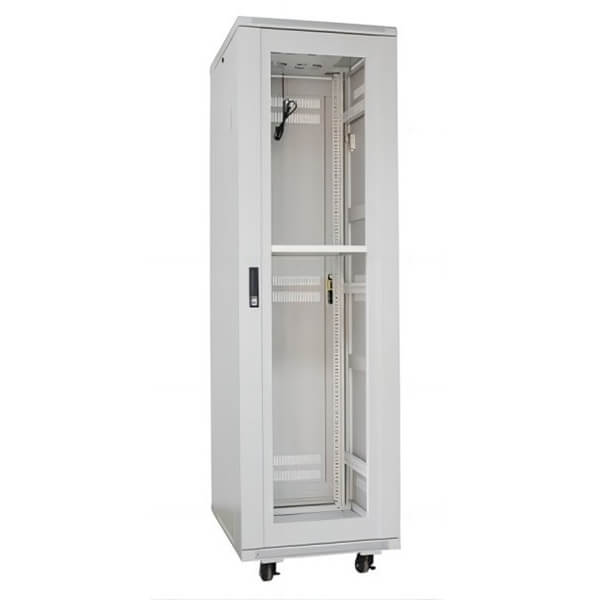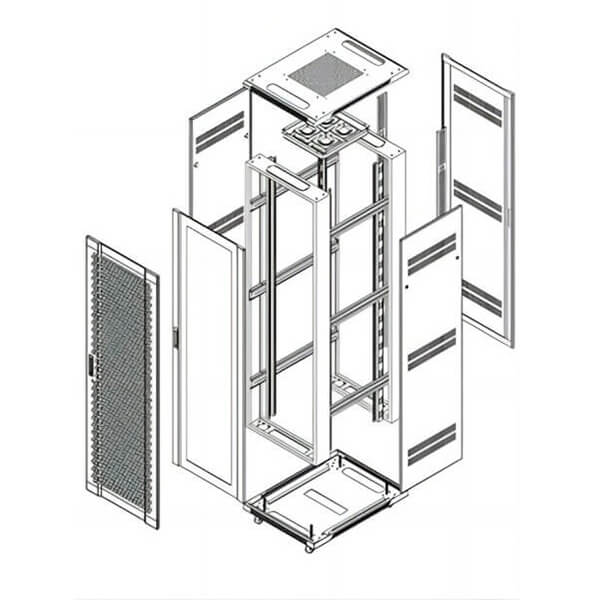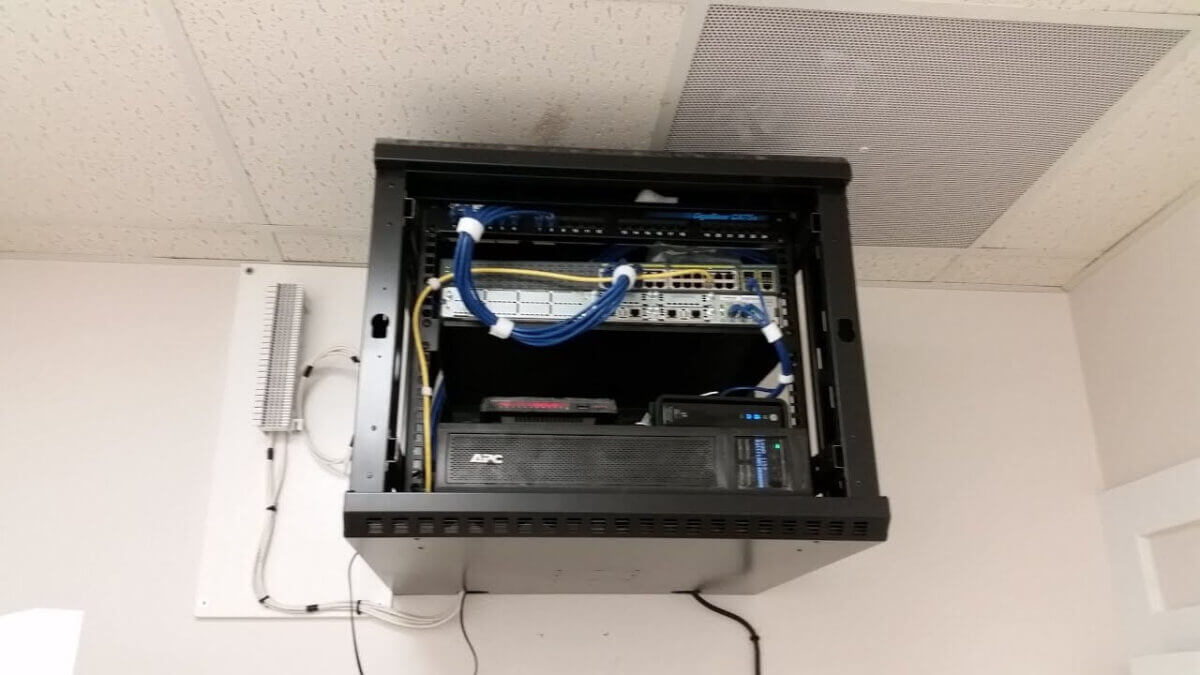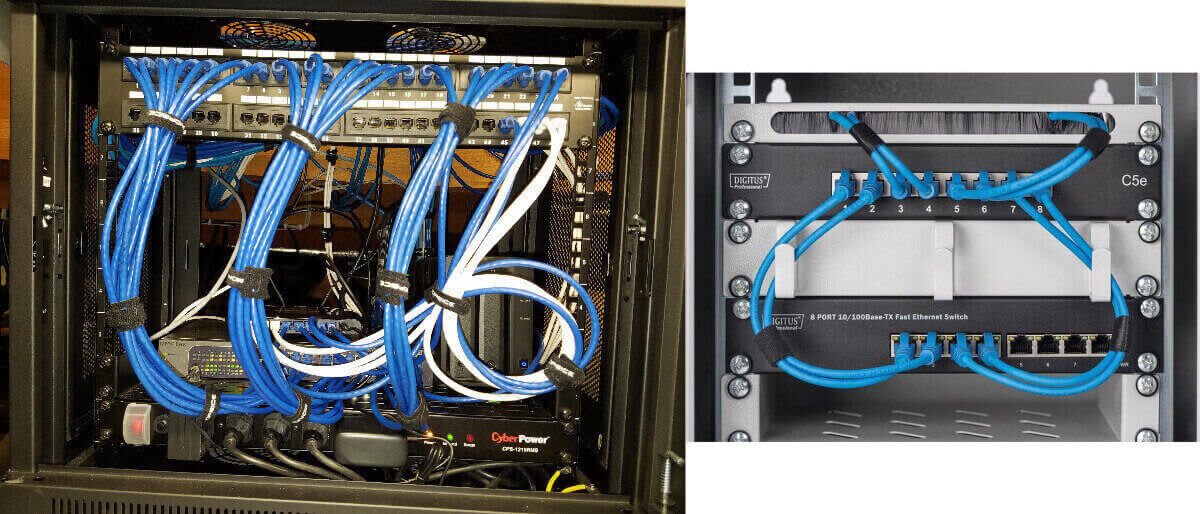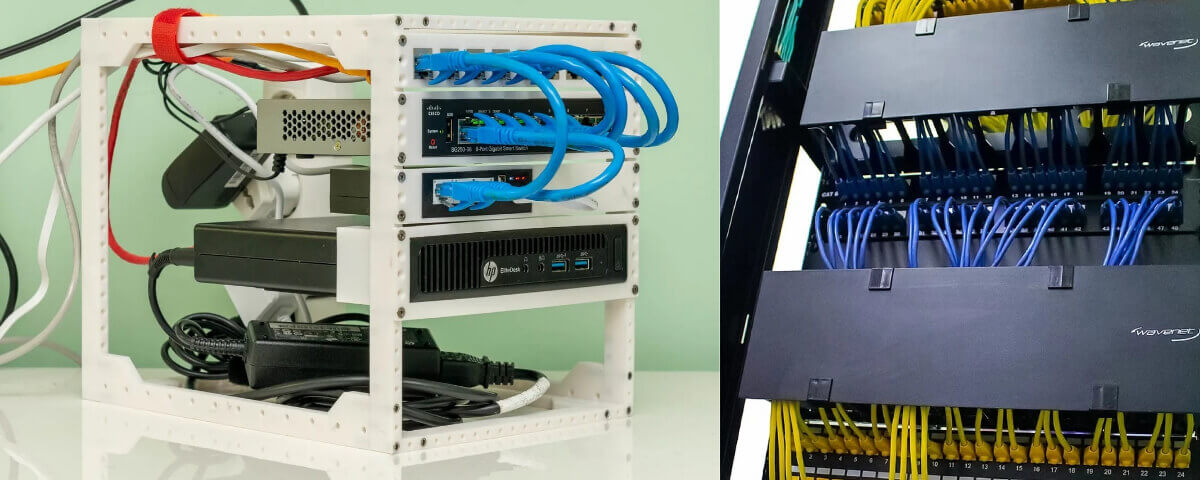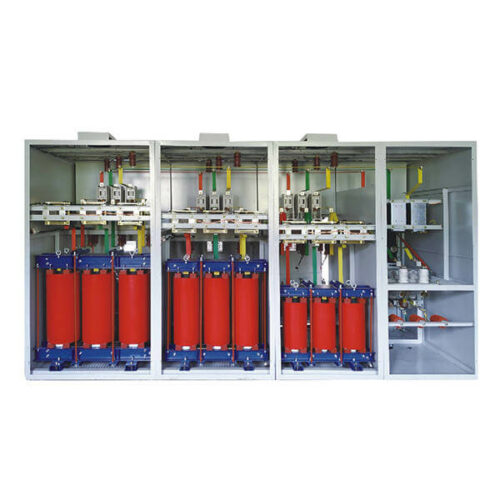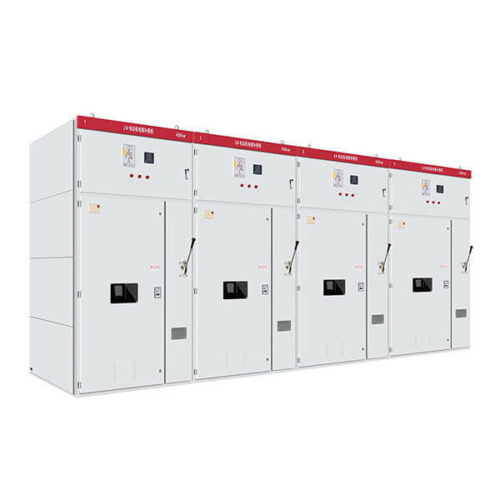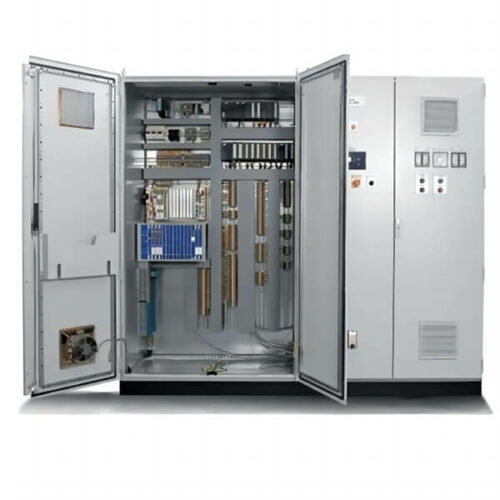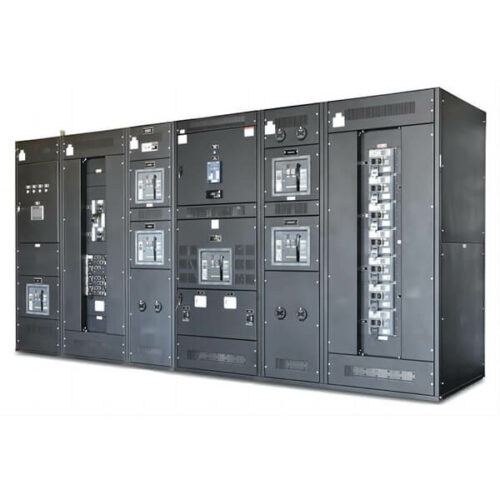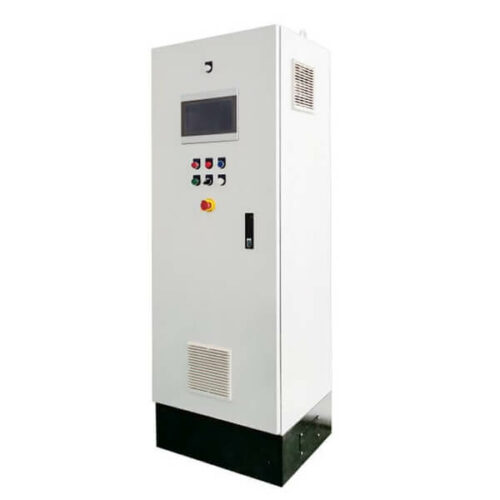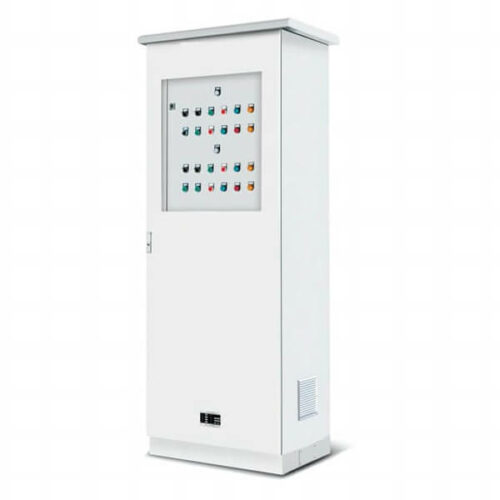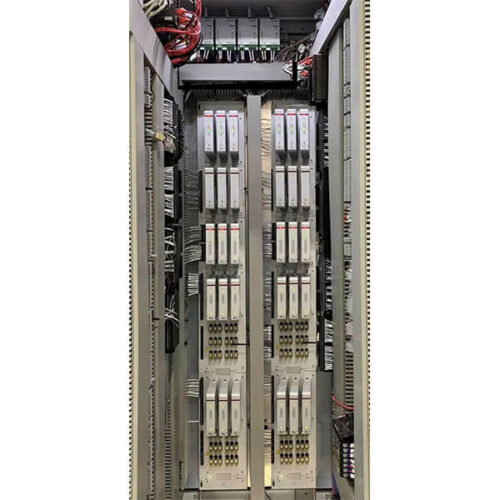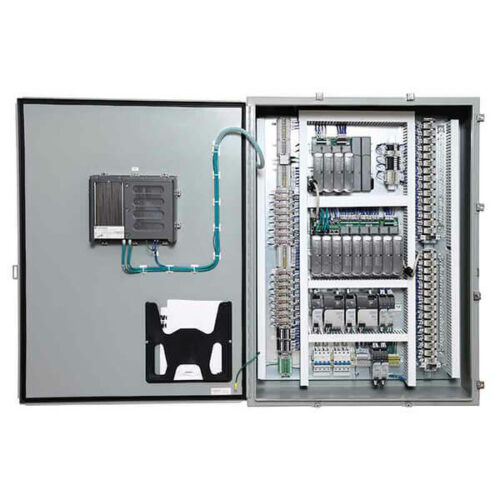The Network Cabinet is a robust and secure enclosure designed to house and protect sensitive network equipment such as servers, routers, switches, and more. Our product features a durable and reliable design and is suitable for a wide range of applications in industries such as telecommunications, data centers, and more.
Our network cabinet is designed to meet the highest standards of quality and performance, ensuring maximum uptime and reliability for your network infrastructure.
